QuestionI am trying to breed crickets for my leopard gecko and i have 2 habitats that i am going to use. i bought 30 crickets yesterday, large ones, is this enough to start a cycle? Also i put them in my bigger tank (30 crickets i bought yesterday) but some seem to have appeared to die, i have a sponge that is moised, cricket feed from flukers, and a carrot in there. also i have some egg cartridges and toilet paper rolls in there, why are they dying? also i would like to have some further tips on how to raise them and how to hatch their eggs.
thank you
AnswerHi Talon,
I'm happy to give you the advice you need but you will likely find that breeding crickets for a single gecko to be much more time and hassle then it is worth.:)
Thirty adults should be sufficient to get you started. If you buy full grown adults there will be some that are just at the natural end of their lifespan so there will always be some deaths among them. Make sure there is suffcient surface area for them to climb on. You will get increased mortality if they are always climbing on each other which damages their exoskeleton. Crickets also need good airflow from a sreen top or very well ventilated lid. Damp and humid conditions from an overly enclosed cage will kill them quickly.
I would advise you to get rid of the sponge. Females will usually try to lay eggs in them which then rot inside the sponge and create bacterial problems. Breeding crickets can be a bit smelly and you don't want anything adding to that situation. It can also sicken your breeding stock. A shallow dish with moistened paper towel will work and can be changed out regularly. I often use orange slices or high water content lettuce, like iceberg as a water source. Those cricket water gels work if you don't mind the cost.
The Fluker's cricket food is likely a high calcium food designed for gut-loading your crickets prior to feeding them to your gecko. The high calcium level is good for your gecko but not the best thing for the long term survival of your crickets. The food is not made with their health in mind but rather just to make them more nutritious for your leo.
If you have a blender it is easy to make your own cricket food and much cheaper. I grind up a combination of rolled oats or other grains, some dry dog or cat food (you can often get small sample bags at the pet store if you don't have a cat or dog) and also some low sugar breakfast cereal like Cheerios or Cornflakes.
You will need an egg-laying chamber (or two) in with your breeders. This can be any type of shallow plastic container. It should contain 1 to 2 inches of slightly moist coconut mulch or vermiculite. Position your tubes and egg cartons to give the females easy access into and out of the laying chambers and keep the mulch slightly damp but not wet. The females lay the eggs about 1/2 inch below the surface and they look like tiny white rice. I would suggest leaving the chamber in with your adults for about a week. After that remove the egg chambers to a second enclosure and keep the mulch just slightly damp. If they are kept a bit warm, around 80 - 85F then they should start to hatch in around 2 weeks. There is no larval stage. They hatch out as tiny crickets about the size of fleas. If you are using a glass tank, be aware that they can climb up the silicone in the seams of the tank. A line of smooth tape, like shipping tape or Scotch tape around the upper level of the inside of the tank will keep them from escaping if that becomes a problem.
Hatchling (pinhead) crickets drown easily. I use moist paper towels at this stage for moisture. Pinheads do well with some flaked fish food added to their diet. They also grow faster if kept warm.

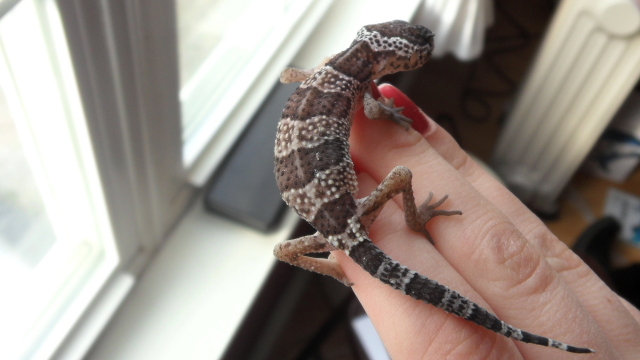 Baby Leopard Gecko with Diarrhea
QuestionQUESTION: Tracie,
Less than 48 hours ago, I bo
Baby Leopard Gecko with Diarrhea
QuestionQUESTION: Tracie,
Less than 48 hours ago, I bo
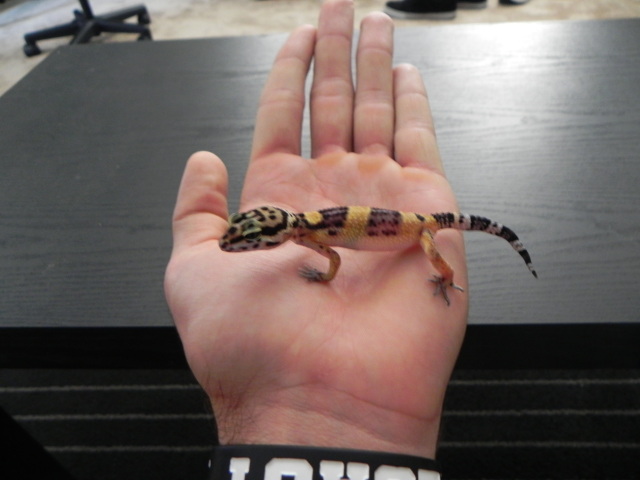 Leopard Gecko... Parasites ?
QuestionMy Gecko
QUESTION: HI Tracie,
I recentl
Leopard Gecko... Parasites ?
QuestionMy Gecko
QUESTION: HI Tracie,
I recentl
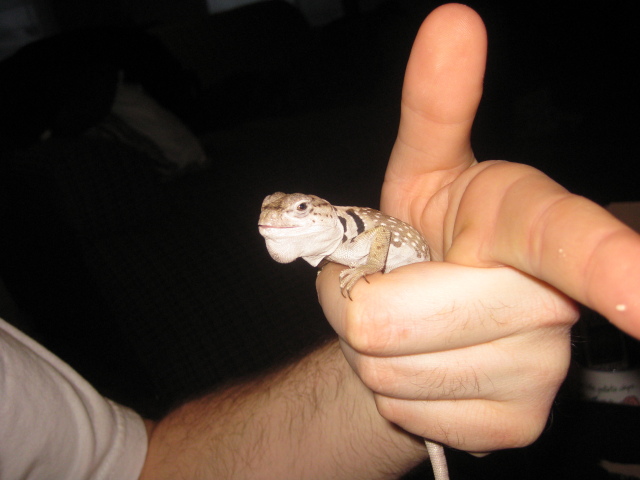 Eastern Collared Lizard
Question
Leroy
I have a 5 yr. old lizard and last night
Eastern Collared Lizard
Question
Leroy
I have a 5 yr. old lizard and last night
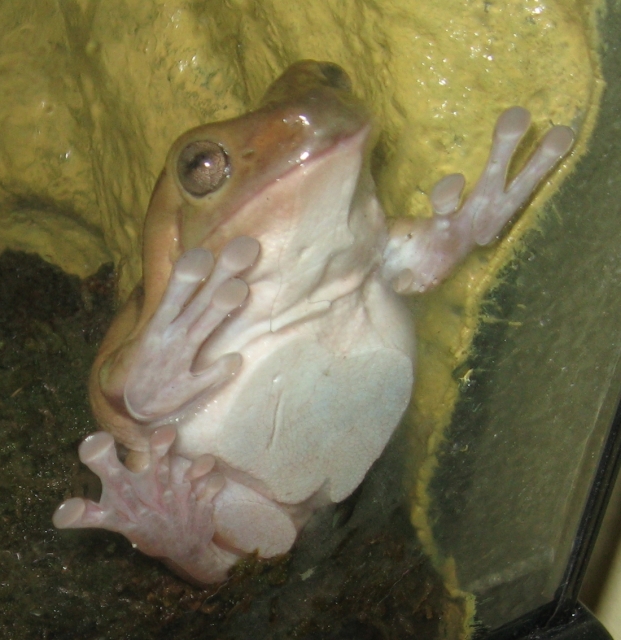 dumpy tree frog eating habits
QuestionAre her feet normal?
QUESTION: I have ba
dumpy tree frog eating habits
QuestionAre her feet normal?
QUESTION: I have ba
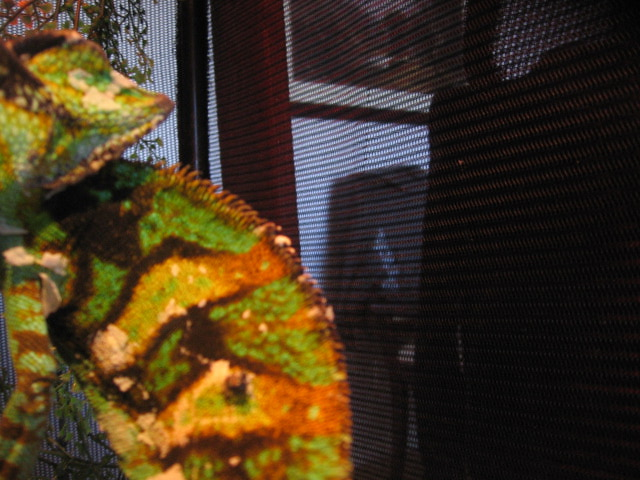 Spot on my chameleon
Questionblack mole
black mole
QUESTION: M
Spot on my chameleon
Questionblack mole
black mole
QUESTION: M